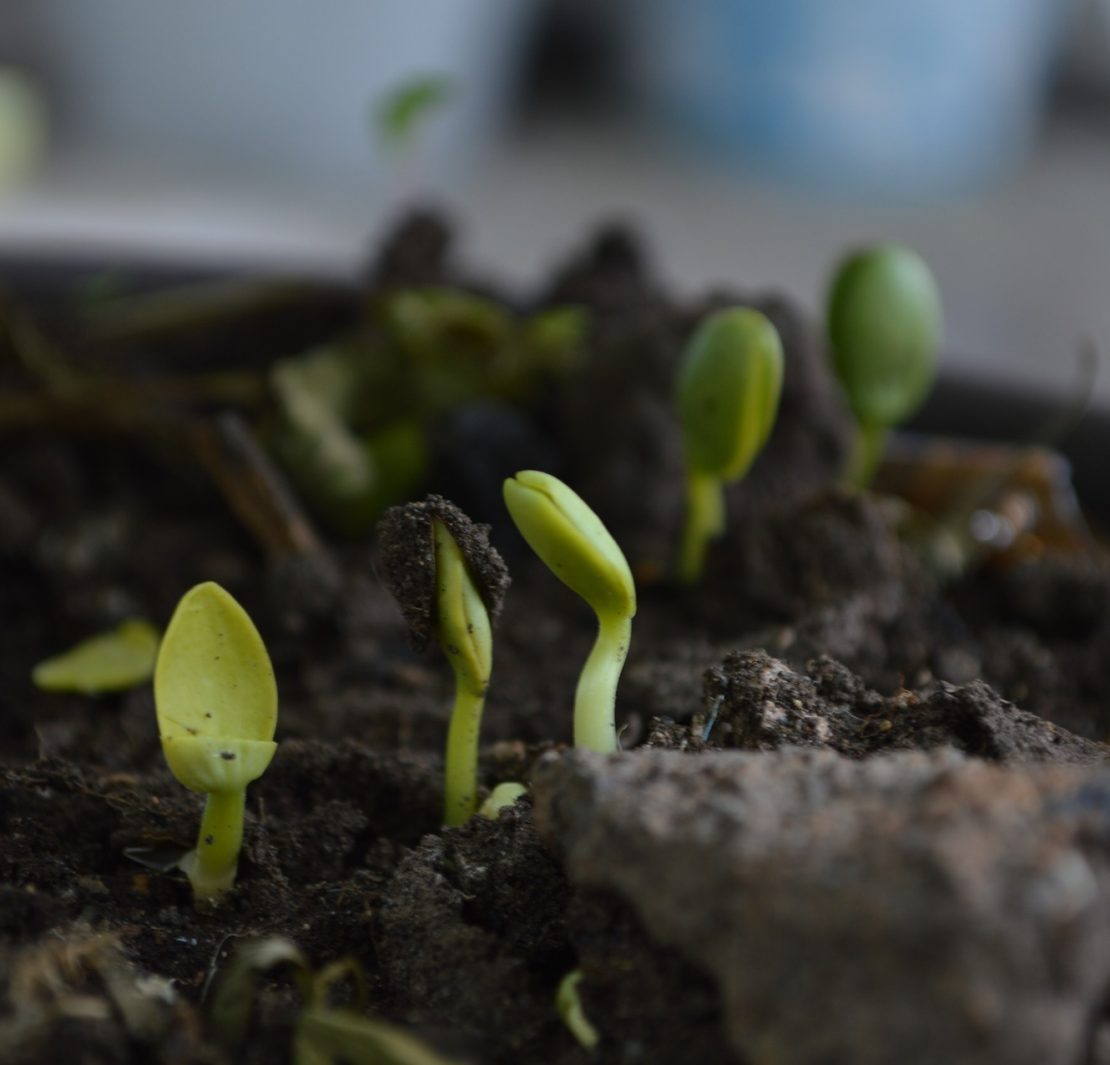Worms are considered filthy creatures. At one point of our childhood, our parents might have used worms to instill fear in us. Or maybe, we’ve been also taught to bully worms with a pinch of salt. However, worms are the friends we never knew we needed.
The Food and Agriculture Organization of the United Nations suggests that up to a third of the food we produce each year is left to spoil (1.3 billion tons, according to a Ted-Ed video) until they are considered food waste. The first thing we lose is the opportunity to fight hunger. But once produce is considered food waste, what now?
Well, it’s possible to change the fate of that amount of food waste with the help of worms. With vermicomposting, about 75 percent of our food waste can be used again as food for worms which then become a potent fertilizer. Unlike traditional composting methods, vermicomposting makes production faster. It does not only nurture the soil with microbes, but vermicompost also helps plants develop resistance against pathogens and diseases.
It sounds difficult and disgusting, but it is not. In fact, you can even start a small a vermicomposting bin at home. Here’s how.
Build your worms’ home
The first thing you need is a housing for your worms. I am not entirely sure if ready-made worm bins are already available in the Philippines, but you can find them in big garden centers abroad. If you don’t have the time and money to spend on that, you can also opt to create your own. You need a bucket with holes underneath (to prevent water buildup) and on the sides (to let air in). You also need a cover (the one that usually comes with the bucket is okay) to prevent the worms from escaping and to prevent other insects from penetrating the bin. Then, place some moist shredded newspaper as bedding material for the worms. Keep it moist like a kitchen sponge. Overly wet bedding material will lead to fungus and molds, while a dry worm bin will kill the worms.
Get the appropriate amount of worms
The most widely used variety of worm for vermicomposting is the Red Worm. The Ted-Ed video explains that they don’t burrow too deep and their castings make for good, nutritious fertilizer. In warm countries like the Philippines, African Night Crawlers might be a better option as they tolerate heat better. These worms are usually available in pet stores and garden centers.
Feed the worms
The most crucial part of keeping a worm bin is feeding. The number one reason why a worm bin becomes stinky is because of an improper feeding. Worms will eat anything, but avoid meat, dairy, and bread. The ideal diet for the worms includes food scraps like fruit peels, unwanted vegetables, coffee grounds, tea, leaves, dried manure of herbivores, and paper.
Make sure that you don’t feed them too much as worms can only eat half of their body weight. With the presence of too much food in the worm bin, spoilage might occur that may then invite pests.
After a few weeks or once all the scraps are fully digested, you can harvest the vermicompost and add it to your vegetable garden.
It would definitely take time before one gets the hang of keeping a worm farm, but it’s a show of respect towards the natural life cycle. It’s a small step towards sustainability, too.
Header image courtesy of Pixabay
Read more:
These Department of Agriculture workshops will be your gateway to farming
Don’t throw those kitchen scraps just yet
Millennial leaves job in Japan for farm life
Writer: OLIVER EMOCLING




